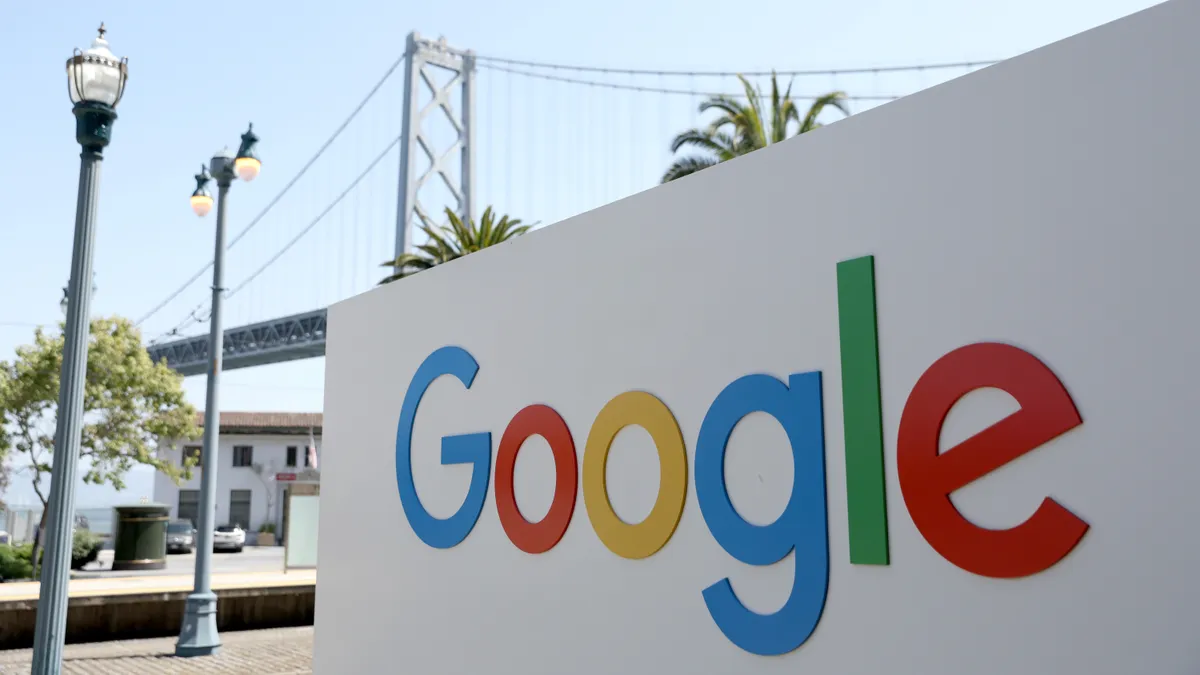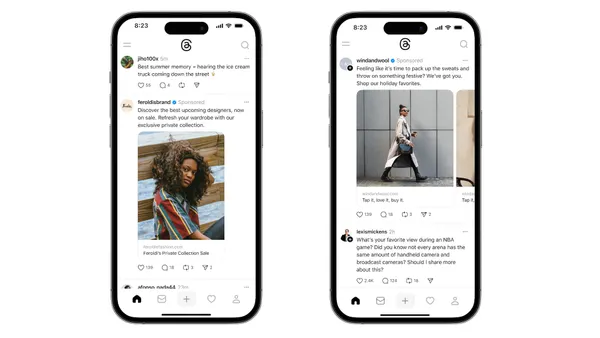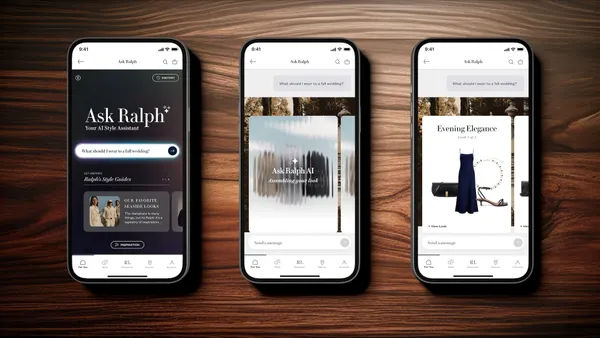Brief:
-
Apple plans to give software developers a way to design single applications that will work equally well among its family of devices including iPhones, iPads and Macs, according to an unconfirmed report by Bloomberg. Apple is developing the strategy as part of the next major iOS and macOS updates, unnamed sources told the newswire.
-
Developers currently have to design two different apps for Apple’s devices: one for iOS, the operating system of Apple’s mobile devices, and one for macOS, the system that runs Mac desktop computers. With a single app for all machines, Mac, iPad and iPhone users will get new features and updates at the same time.
-
Whether Apple plans to merge the separate Mac and iOS App Stores remains to be seen. The version of the store for iPhones and iPads was redesigned this year while the Mac version hasn’t been refreshed since 2014. The Mac App Store has a limited selection and rarely updated programs.
Insight:
Unifying the iOS and macOS platforms would be the biggest change to Apple’s operating systems in years. The company has resisted combining the systems because of quality concerns. “You can converge a toaster and a refrigerator, but those things are probably not going to be pleasing to the user,” Apple CEO Tim Cook said in 2012. Combining the systems could help to promote Apple’s entire ecosystem of products while giving developers a potentially bigger audience for their apps. Mac users have complained that apps for the desktop machine don’t get the same kind of attention that smartphone apps do. While Twitter regularly refreshes its iPhone and iPad apps with the latest features, the Mac version hasn’t been updated and is now considered substandard, as Bloomberg notes. However, Twitter works just fine on any desktop’s web browser, raising the question of how necessary desktop apps are.
The news underscores just how important apps have become to the digital experience even though they come with challenges for developers and marketers, such as being expensive to develop and market. There are significant challenges in getting someone to download and keep a smartphone app as users typically spend most of their time with approximately five favorite apps. Ostensibly, cross-platform apps could be perceived by consumers as more valuable if they are able to seamlessly support users platform-hopping tendencies.
The iPhone revolutionized the smartphone market, eventually making Apple the most valuable company in the world. Its sales grew even as Google’s Android became the most popular mobile operating system with the Android Open Source Project that allowed handset makers to freely use Android on their devices. But the iPhone’s popularity hasn’t translated into equal growth for Mac desktops. The iPhone is expected to maintain its share of worldwide smartphone shipments at about 15% for the next few years, per IDC. But it remains to be seen whether Mac can expand its share of the desktop market from its current 7 percent, as measured by Gartner.
Apple wouldn’t be the first technology company to seek a closer connection between mobile and desktop systems. Microsoft had pushed a Universal Windows Platform that let developers create single applications for all devices — tablets, phones and full-fledged computers. The company abandoned its mobile operating system last year to unwind the last of its disastrous $7.2 billion acquisition of Nokia’s phone unit. Meanwhile, Google introduced the Play mobile app store to Chromebook laptops, which run its desktop Chrome OS, letting consumers use Android apps on multiple devices.












